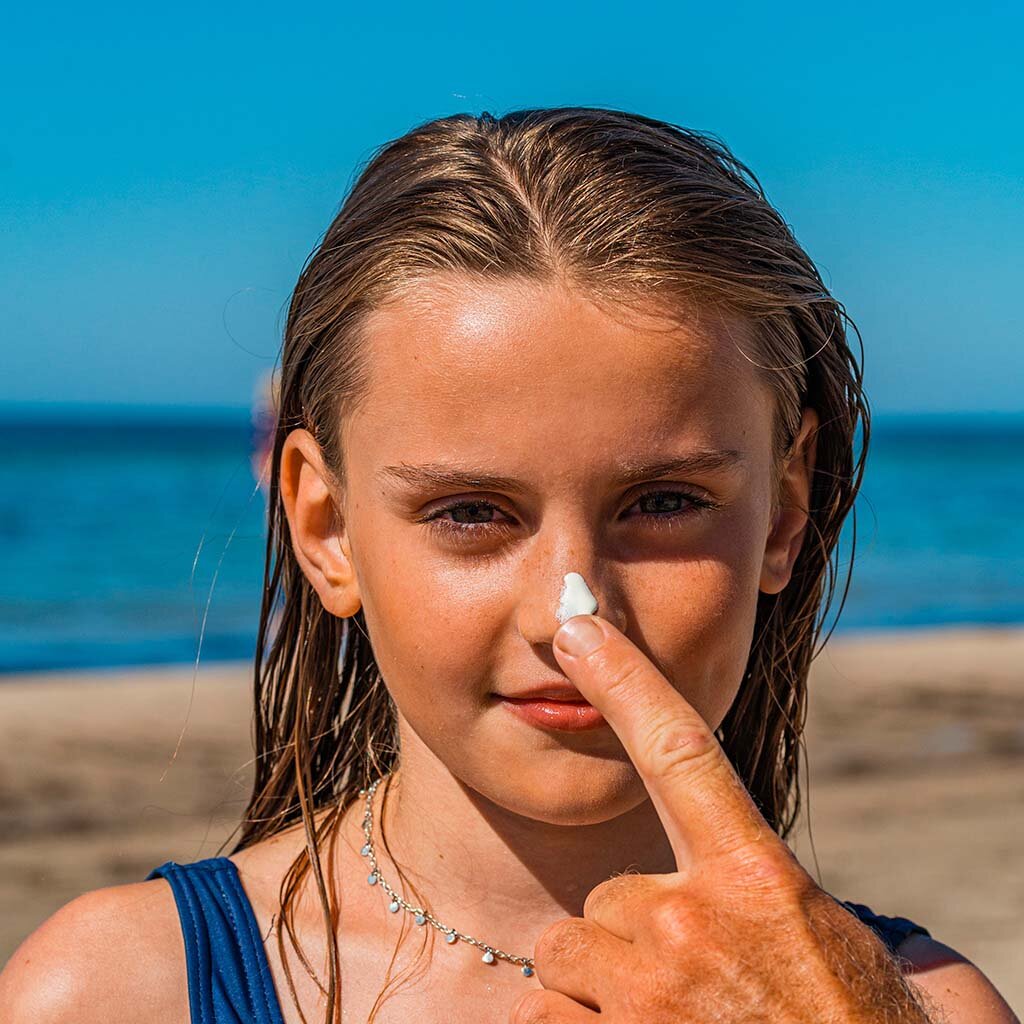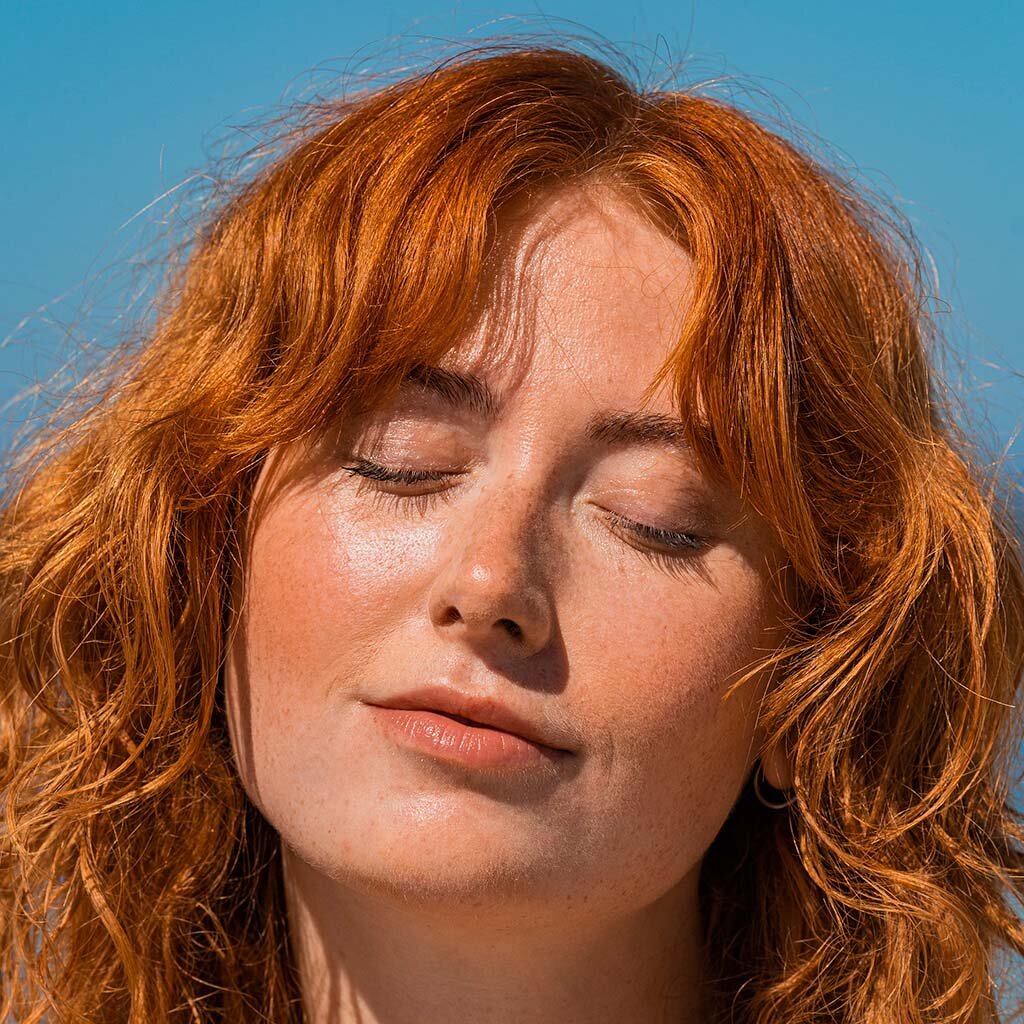Test yourself
Are you ready for the sun?
P: Body extra large Aenean lacinia bibendum nulla sed consectetur. Integer posuere erat a ante venenatis dapibus posuere velit aliquet. Cras justo odio, dapibus ac facilisis in, egestas eget quam. Nullam id dolor id nibh ultricies vehicula ut id elit.
Vivamus sagittis lacus vel augue laoreet rutrum faucibus dolor auctor. Nulla vitae elit libero.
Vivamus sagittis lacus vel augue laoreet rutrum faucibus dolor auctor. Nulla vitae elit libero.
Vivamus sagittis lacus vel augue laoreet rutrum faucibus dolor auctor. Nulla vitae elit libero.
Vivamus sagittis lacus vel augue laoreet rutrum faucibus dolor auctor. Nulla vitae elit libero.
01 / 05


Sun Facts
Do you know the difference between UVA- and UVB-protection?
It’s a year-round responsibility to protect yourself from the sun, especially UV-radiation. While it has it’s benefits for all of us, like Vitamin D, too much UV-exposure can cause serious health risks and it’s crutial to understand how to protect yourself.

Sun Facts
How does the sun affect your skin type?
It’s the law of nature that we are all born with skin conditions like birthmarks and freckles. Some more than others – but as we grow older the conditions will increase to moles, stretchmarks, scar tissue and skin pigmentation. And continuous exposure to UV light may spur cells to become cancerous, which applies for everyone. No one is exempt, but people with sensitive skin, fair hair and blue or green eyes have a history of repeated sunburns and skin damage.


Good advice
The right amount
When choosing the right sun protection product for your skin you need to take your skin type and the UV-index into account to make sure that you get the most optimal coverage from the suns UV-rays. But as important it is to choose the correct SPF-number, the amount of product that you apply to your skin is just as important.
It is recommended for adults to use around 40ml for a full body application and for children the amount is around 20ml.
If you apply too little sunprotection you will not get the labeled SPF-protection. For example if you apply only 20ml of an SPF 30, which is half of what an adult is recommended to use, you will not get half of the labeled SPF 30 in fact you will actually get as low as a SPF 5. So this shows how important it is to use enough, but also you need the full amount to make sure there are no missed areas on your body.
The Whole Family
The protection your skin deserves
With our P20 ranges we give you a selection of sunscreens that both offer you the highest and best in sun protection, but also delivers added benefits for you and your family’s skin. We know that every person is unique and that is why we deliver sun protection that offers you protection for all the situations where you need a high-performance sunscreen to life your life to the fullest.



